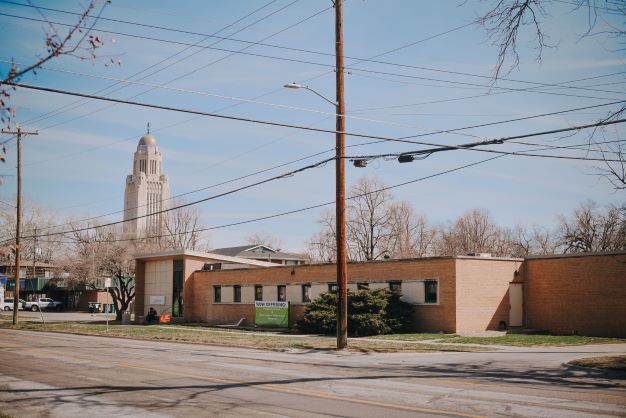Making Lincoln a More Affordable Place to Live
Published on May 11, 2022
True to the collaborative spirit of our great city, Lincoln’s affordable housing story is the product of public, private, philanthropic, and nonprofit partnerships. Over the past few years, these entities have come together to develop a shared understanding of the affordable housing problems in our community and work towards potential solutions.
The Lincoln Community Foundation has been a common thread throughout these partnerships. Collaboration began with the 2017 Lincoln Vital Signs report, a partnership between LCF and the University of Nebraska Public Policy Center to identify our community’s strengths and opportunities for improvement.
The 2017 Vital Signs and other data concluded that a high percentage of Lincoln residents were housing cost-burdened – paying more than 30 percent of their income for housing. This paired with low homeownership rates, a decline in residential construction, and overall, not enough affordable units to meet current and future housing demands. The alarming data lead to Affordable Housing becoming a focus area as of the Prosper Lincoln community agenda in 2019.
“One of the things that became very obvious was that we weren’t going to solve all of the problems, but we could start,” said Tom Smith, local investor, and board president of the South of Downtown Community Development Organization.
The City’s Affordable Housing Coordinated Action Plan further documented Lincoln’s future housing needs and added to the conversation a target of 9,000 affordable housing units over the next 10 years. This, in conjunction with the Lincoln Vital Signs findings, has created a common affordable housing goal across our community.
This shared goal guides LCF’s affordable housing leadership and mission investment work (see side bar), which includes partnering with nonprofit organizations like the South of Downtown and NeighborWorks, who are focusing their affordable housing work in targeted neighborhoods with a high concentration of poverty, low home-ownership rates, and an aging housing stock.
LCF’s affordable housing efforts are made possible because of partnerships with – and investments from – local financial institutions. Funds were raised from 11 local banks who supported LCF’s affordable housing initiatives due to the documented need as well as their trust in LCF’s leadership.
Affordable housing goes beyond brick-and-mortar projects. LCF also invests in the tools our community needs to systemically increase affordable housing development. One such tool is a Community Development Financial Institution (CDFI), a nonprofit organization that exists to provide technical assistance and financing to support community development activities.
Throughout 2020 and into 2021, LCF led an effort with affordable housing professionals to explore, design, and launch a CDFI to provide financing to future affordable housing projects. As a result of this work, Community Development Resources, an existing nonprofit CDFI dedicated to small business lending, announced plans to expand its mission to include affordable housing.
Another available tool in the affordable housing toolkit are funds used to support the construction of single-family owner-occupied units. Catalyzed by the Nebraska Legislature in 2020, urban communities can now access grants to support financing for workforce housing development. NeighborWorks, South of Downtown, and Nebraska Housing Resources each were awarded workforce housing grants through this legislation.
When combined with local match funds provided by LCF and their partners, such as local foundations and the Nebraska Investment Finance Authority, these organizations collectively have $6 million to be used for single family housing development.
“Because of the pandemic, grant programs have really played into our ability to move the needle,” Tom said. “When you get the City, the state and the federal government all saying the same things and local entities and organizations ready to take action – progress starts to happen.”
This progress represents just a few pieces in a complex affordable housing puzzle, with much work still ahead. Of all the progress made to date, including the development of brick-and-mortar projects and the creation of housing financing tools, the most import outcome has been raising the awareness of affordable housing needs in our community.
